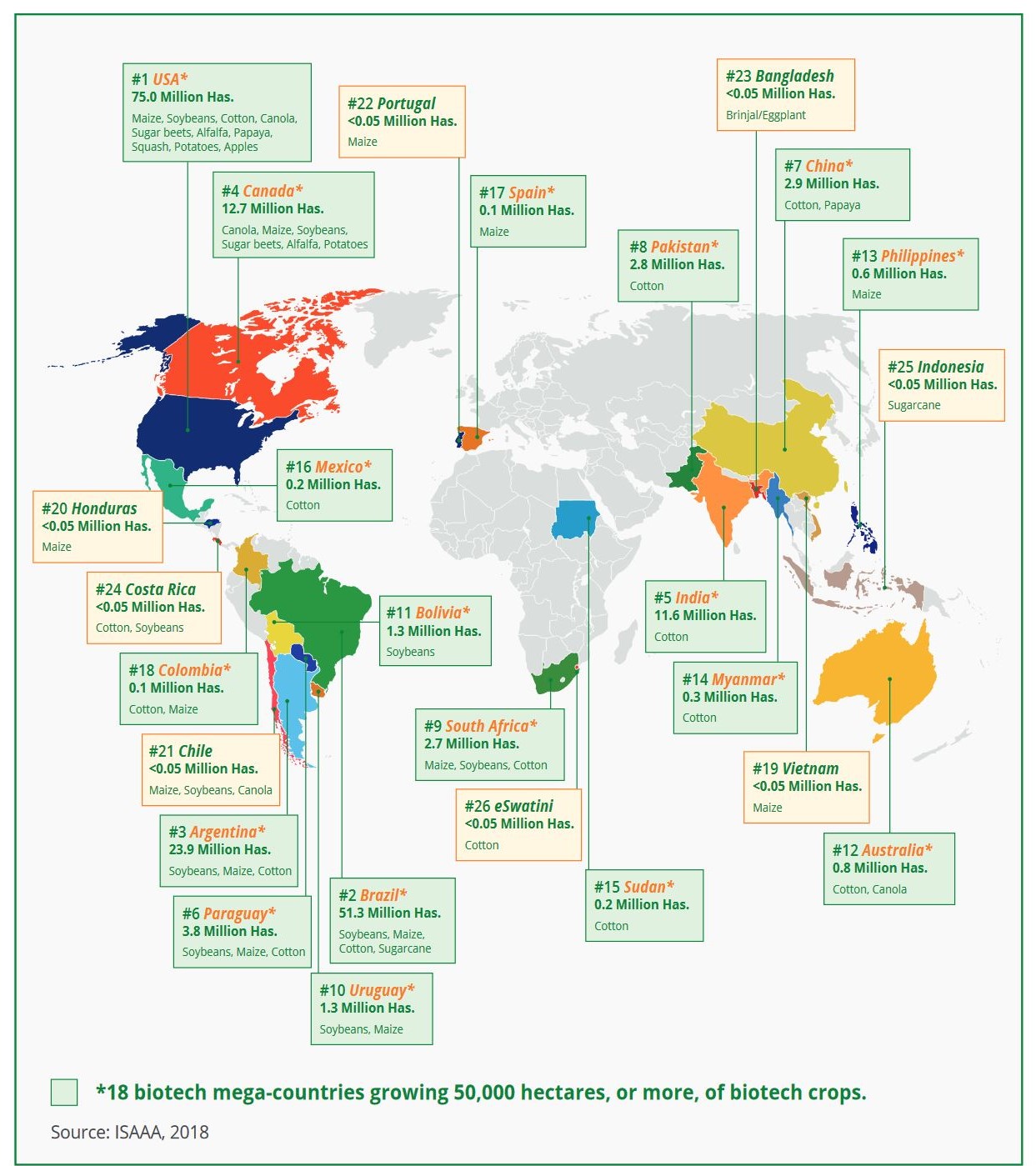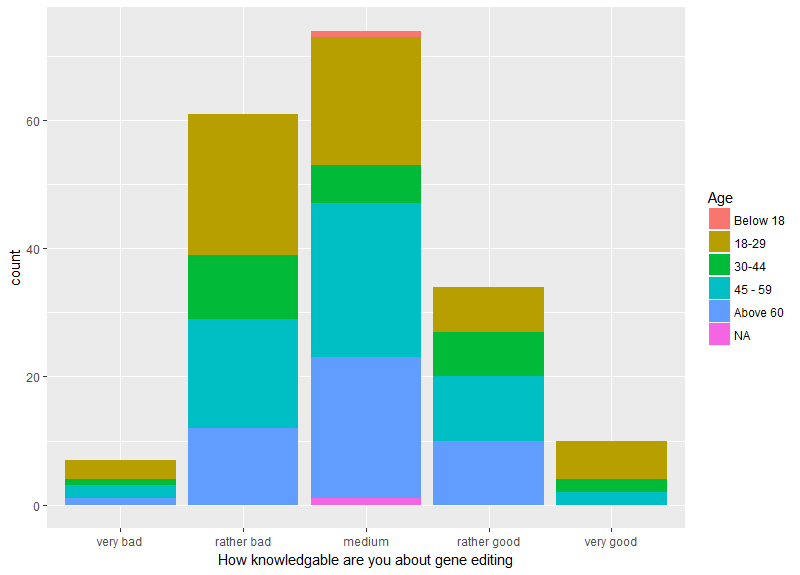|
|
| Line 978: |
Line 978: |
| | <br> | | <br> |
| | During an online conference with Davide De Lucrezia, Sota Hirano, and Alessandro Filisetti from | | During an online conference with Davide De Lucrezia, Sota Hirano, and Alessandro Filisetti from |
| − | Doulix, Davide suggested that turning the OT-2 into a colony picker as a project would be really | + | Doulix, Davide De Lucrezia suggested that turning the OT-2 into a colony picker as a project would be really |
| | interesting. To have a fully trained, ready to use package to turn the OT-2 into a colony picker | | interesting. To have a fully trained, ready to use package to turn the OT-2 into a colony picker |
| − | would enhance the workflow at Doulix tremendously. Nevertheless, to suit the user needs as well as | + | would enhance the workflow at Doulix tremendously. Nevertheless, to suit the user's needs as well as |
| | to get this job done in the spirit of Opentrons, installing the needed add-ons should be as modular | | to get this job done in the spirit of Opentrons, installing the needed add-ons should be as modular |
| | and flexible as possible and designed so that “even a biologist” without technical knowledge or | | and flexible as possible and designed so that “even a biologist” without technical knowledge or |
| − | programming would be able to install and use them.<br> | + | programming skills would be able to install and use them.<br> |
| | <br> | | <br> |
| | That is where our team came into play. We decided to take this advice to our heart and started to | | That is where our team came into play. We decided to take this advice to our heart and started to |
| Line 1,006: |
Line 1,006: |
| | Keoni Gandall from Stanford, a well known tinker of the OT-2 for more unconventional applications. | | Keoni Gandall from Stanford, a well known tinker of the OT-2 for more unconventional applications. |
| | He is building a colony picking system himself, however he chose not to rely on an AI. He | | He is building a colony picking system himself, however he chose not to rely on an AI. He |
| − | recommended us to go with AI he thinks his approach is very prone to changes in parameters. If many | + | recommended us to go with AI as he thinks his approach is very prone to changes in parameters. If many |
| | different users want to utilize the same system, a flexible software is required that can take | | different users want to utilize the same system, a flexible software is required that can take |
| | environmental changes into account. We decided to opt for maximum flexibility by working with an | | environmental changes into account. We decided to opt for maximum flexibility by working with an |
| Line 1,012: |
Line 1,012: |
| | <br> | | <br> |
| | Now that we had an idea of the required software we started to design modular hardware to overcome | | Now that we had an idea of the required software we started to design modular hardware to overcome |
| − | potential problems in a fully automated workflow in the OT-2 <b><a href="https://2019.igem.org/Team:Marburg/Hardware">(Hardware)</a></b>. To illuminate the agar plates in the right way without any distortions we | + | potential problems in a fully automated workflow in the OT-2 <b><a href="https://2019.igem.org/Team:Marburg/Hardware" target ="_blank">(Hardware)</a></b>. To illuminate the agar plates in the right way without any distortions we |
| | engineered a light table that distributes light equally over the plate.<br> | | engineered a light table that distributes light equally over the plate.<br> |
| | <br> | | <br> |


















